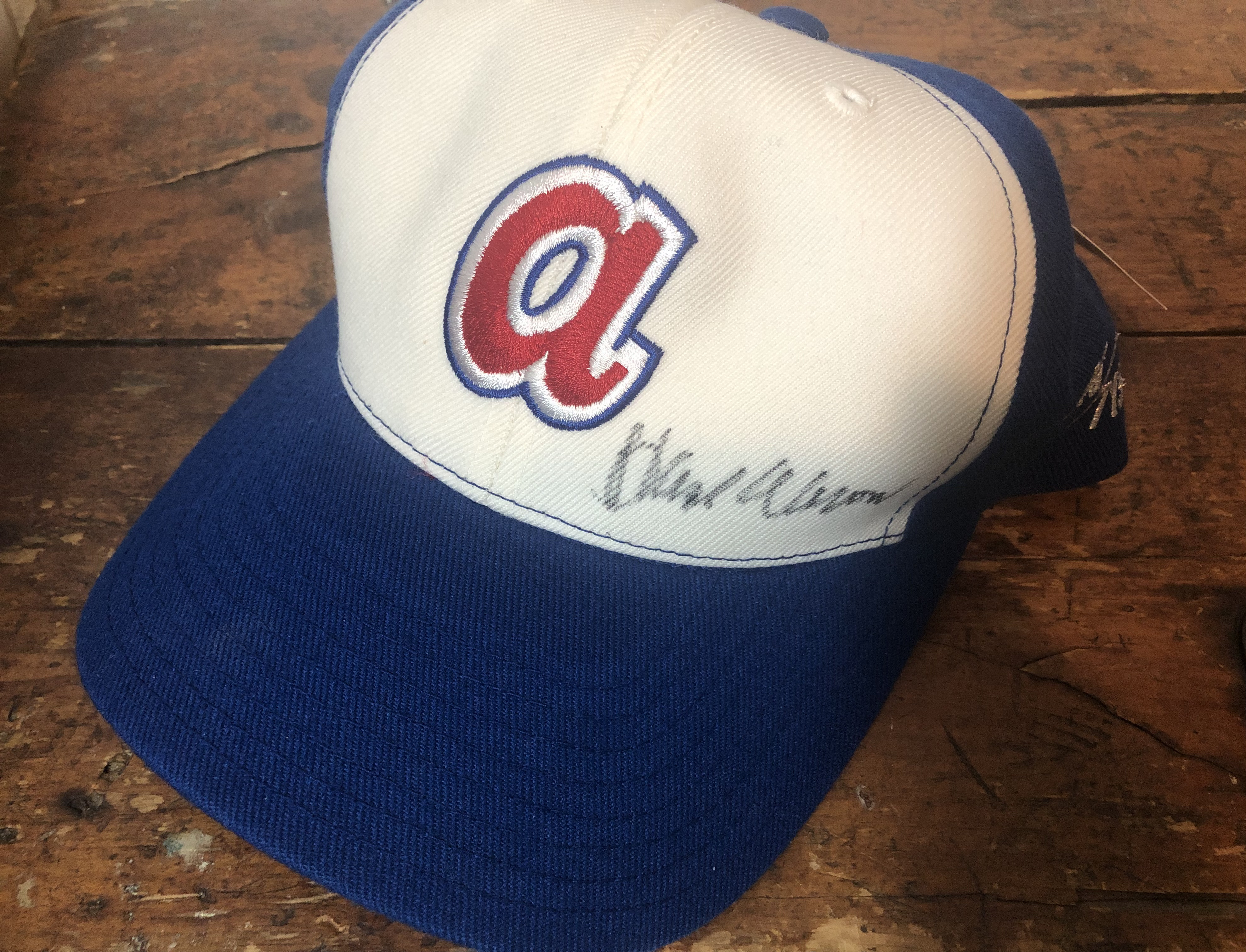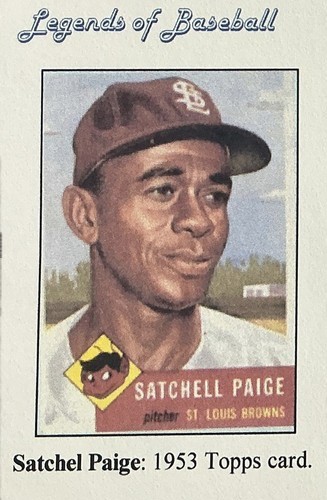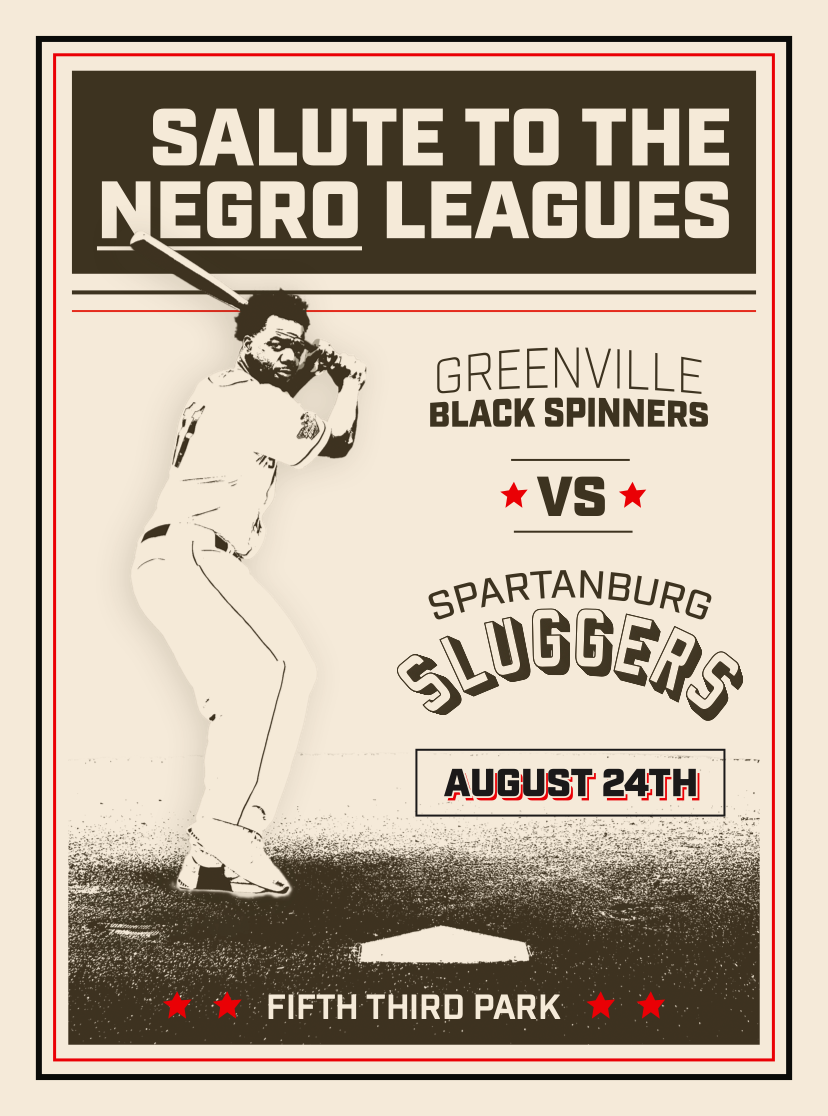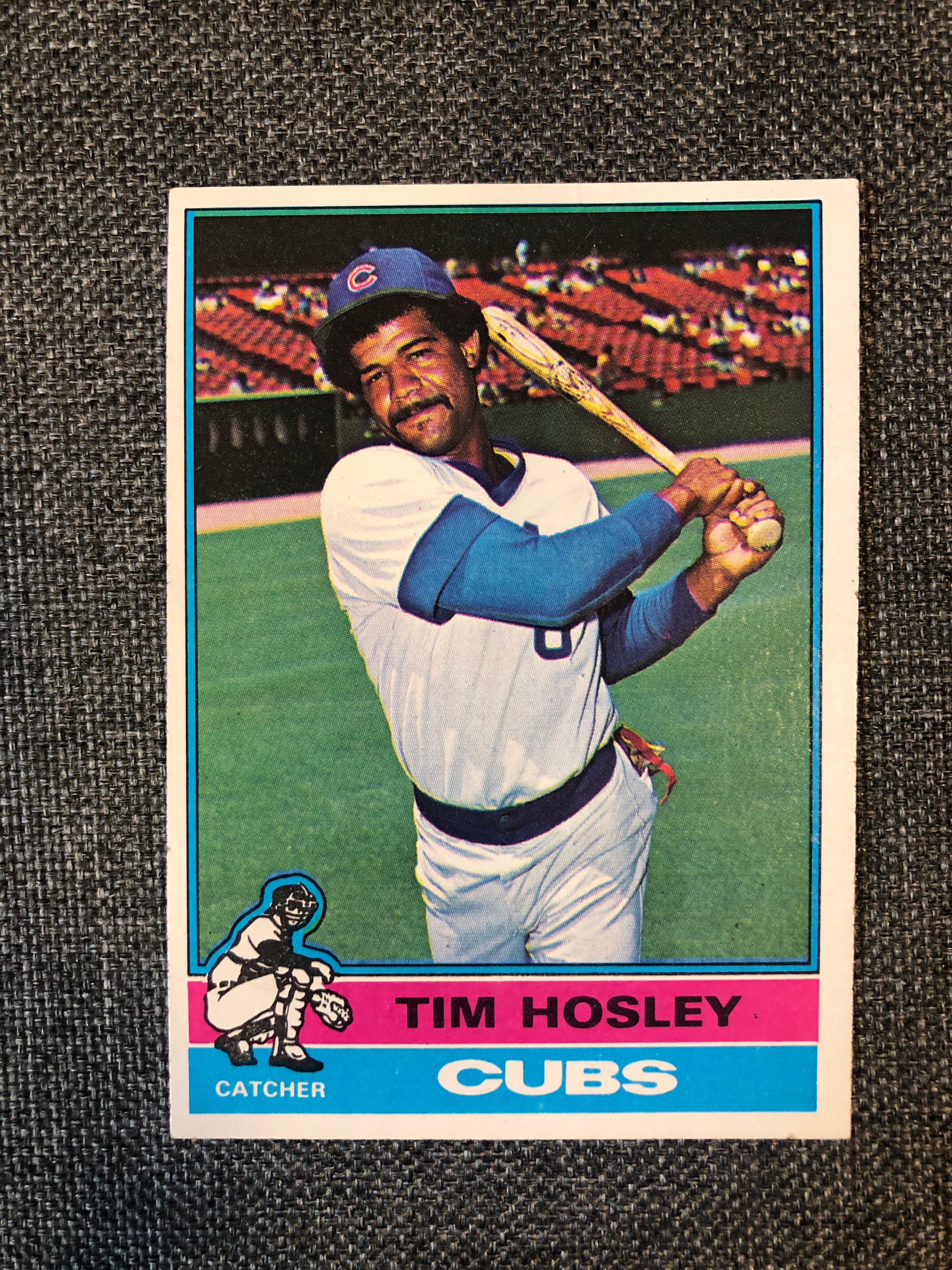
Tim Hosley: The Carver High Star Who Made it to the A's
Dr. Edwin C. Epps
Tim Hosley Didn’t Play Baseball at Duncan Park…But he did play fast pitch softball. Tim was a gifted high school athlete: he played both basketball and football at the old Carver High School on Union Street before the integration of White Spartanburg High School and Black Carver High in 1970, and before that he had played youth league baseball.

Tim Hosley: The Carver High Star Who Made it to the A's
Tim Hosley Didn’t Play Baseball at Duncan Park…But he did play fast pitch softball. Tim was a gifted high school athlete: he played both basketball and football at the old Carver High School on Union Street before the integration of White Spartanburg High School and Black Carver High in 1970, and before that he had played youth league baseball.
But he did play fast pitch softball.
Tim was a gifted high school athlete: he played both basketball and football at the old Carver High School on Union Street before the integration of White Spartanburg High School and Black Carver High in 1970, and before that he had played youth league baseball. He quit playing baseball when he was twelve, though, since Carver did not field a baseball team, and there were no other local opportunities for Black kids to play baseball in the Jim Crow era. So young Hosley did not acquire the usual grounding in the fundamentals of the game that his White peers learned playing on junior high and high school teams.
Hosley did play softball though during the off season when basketball and football were not available, and in the summer of 1966, after graduating from Carver, he was playing for the Coca Cola team in the City of Spartanburg’s Fast Pitch Softball League. During that summer too he found a chance to try out for a Major League Baseball scout who was in town checking out the local talent for the Detroit Tigers.
Al Lakeman had played Major League ball as a backup catcher for the Cincinnati Reds and four other teams for nine years, but the majority of his playing career—1165 games over a total of 16 seasons—had been spent playing for more than a dozen different teams in the Minors. He had also managed for nine Minor League teams—including the Western Carolinas League Statesville Tigers—and in the summer of 1967 he was scouting for the Detroit Tigers when he came to Duncan Park to see Statesville play the Spartanburg Phillies.
In 1971 Lakeman told Spartanburg Herald-Journal Sports Editor Les Timms how he had met Tim Hosley: “Statesville was coming into town and I went out to Duncan Park to see them. This fellow came up and asked for a tryout and I told him he was too old. Then a little boy about 10 years old turned and pointed to Tim and said he wasn’t too old and I should give him a tryout.”
Lakeman had heard of Hosley before but “never could find him.” He gave him the tryout at Duncan Park and was impressed enough by his arm, his speed, and his hitting to give him another audition in Asheville when Montgomery, a Detroit affiliate that Lakeman had managed, was playing there. Hosley “hit three or four out of the park at Asheville that day,” Lakeman recalled, and he signed the young player.
From that point on, Hosley’s career in many ways paralleled that of Lakeman himself. Both men were catchers, and although both played on Major League teams, the majority of their playing time was in the Minors. Both could be described as journeymen players, men with substantial skills who made genuine contributions to the teams they played for but who never quite rose to the level of stars or even household names. Still, as experienced veteran catchers—a category of player always valued by smart managers at all levels—they found a place in the lineup, and although neither ever made the big bucks that stars made, they both had more than the traditional cup of coffee in the professional game.
Hosley himself played for parts of 9 seasons in the Majors and 14 in the Minors. In the Minors he played 10 of 14 years at the AAA level, so he was clearly more than just a flash in the pan. In 1973 and 1974 he played for the Oakland A’s and in ’74 was with the team long enough to earn a share of the team’s World Series pay. He also played winter league ball in the Dominican Republic and Venezuela.
Hosley’s best year in the majors was 1975, after he was selected by the Cubs when the A’s dropped him from their 40-man roster. With Chicago, when he platooned at catcher with Steve Swisher and George Mitterwald, Hosley hit .255 with 6 home runs in 62 games but was traded early in 1976 back to the A’s. Thereafter he played mostly in the A’s farm system at the AAA level and appeared in 61 or fewer games for any one team. Hosley’s last year in professional baseball was 1989, when he played for the Fort Myers Sun Sox of the Senior Professional Baseball Association.
The Fort Myers Sun Sox and the SPBA deserve something of a footnote here. The Senior Professional Baseball Association was organized in 1989 as a winter league for former Major Leaguers who were 35 years old or older (32 for catchers). Playing in Florida in an eight-team, two-division, 72-game season, the SPBA attracted some genuine talent: pitchers Rollie Fingers, Ferguson Jenkins, and Vida Blue; three-time All-Star Dave Kingman; and managers Earl Weaver and Dick Williams were all a part of the Senior Association. Former St. Louis Cardinals All-Star center fielder Curt Flood was the Commissioner of the league.
The teams in the SPBA were the St. Petersburg Pelicans, the Bradenton Explorers, the Orlando Juice, and the Winter Haven Super Sox in the Northern Division; and the West Palm Beach Tropics, the Fort Myers Sun Sox, the Gold Coast Suns, and the St. Lucie Legends in theSouthern Division. The Pelicans were the first league Champions after winning the three-game, single-elimination playoff tournament. Future Texas Rangers manager and long-time Atlanta Braves coach Ron Washington was named League MVP after batting .359 and knocking in 73 rbi’s in the season roughly half as long as the regular MLB season.
After losing four teams and reorganizing for 1990 in a 56-game season with only six teams, the SPBA folded less than halfway through its second season on the day after Christmas. A few of the SPBA players—Paul Mirabella, Danny Boone, and Ozzie Virgil—played again in MLB after the demise of the league, but Tim Hosley’s days as a player in professional baseball were over. Hosley continued to have an impact on the Spartanburg baseball scene though. He worked as a hitting instructor at Coach Dave’s School of Pitching and Hitting in nearby Chesnee, and in 2007 he was hired as field manager for Steve Cunningham’s Spartanburg Crickets, a collegiate wooden bat league team in the Southern Collegiate Baseball League.
As Crickets manager, Hosley still didn’t get to field a team at Duncan Park however. The City had closed the stadium after 2006, and the Crickets had to play their home games at USC Upstate. Even when the Crickets played a U. S. Military All-Star team in June of 2007, they had to play at Greenville Municipal Stadium since there was no stadium in Spartanburg that met the Military All-Stars’ capacity requirements. Fewer than 100 fans attended the games against the Military players in Greenville, a fact lamented by Crickets GM Cunningham and field manager Hosley.
"It was a crime against the military boys to get virtually no support from our area, but again it just shows the need for the city to do something with Duncan Park," Cunningham told Herald-Journal reporter Dan Armonaitis. Hosley agreed, adding, “It was really special.”
Hosley’s involvement in area youth baseball continued after the sudden unexpected death of Steve Cunningham and the sale of the Crickets to new owners in 2007. He held baseball clinics for young kids and in 2009 collaborated with New York Mets’ Hall of Famer and former Spartanburg Methodist College star Mookie Wilson in a MLB Reviving Baseball in Inner Cities (RBI) Program cosponsored by Luther Norman’s Metropolitan Baseball organization.
As Hosley told Herald-Journal reporter Todd Shanesy, “There is too much negativity and destruction going on with young kids. Every time I look at the news, young kids are going to jail. They don’t know what life is all about. It hurts me in my heart.”
Hosley dedicated himself to giving kids the kind of encouragement that they needed. He had found support and a path to a happy and productive life through baseball, and he wanted to help others do the same.
Tim Hosley died in January 2014 and is buried in Heritage Memorial Gardens in Moore, South Carolina, which is also the resting place of former Spartanburg Sluggers pitching ace Bob Branson.
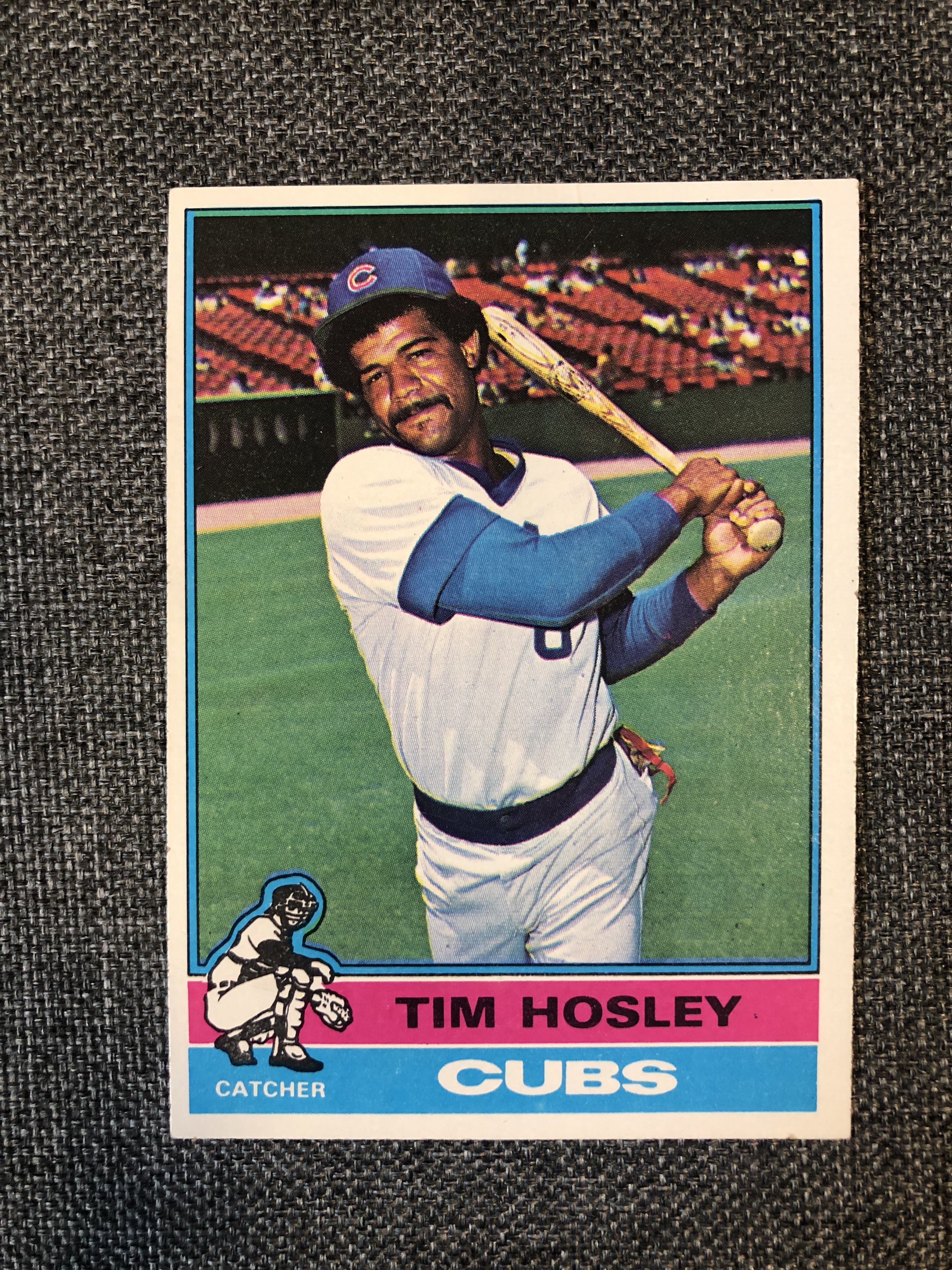
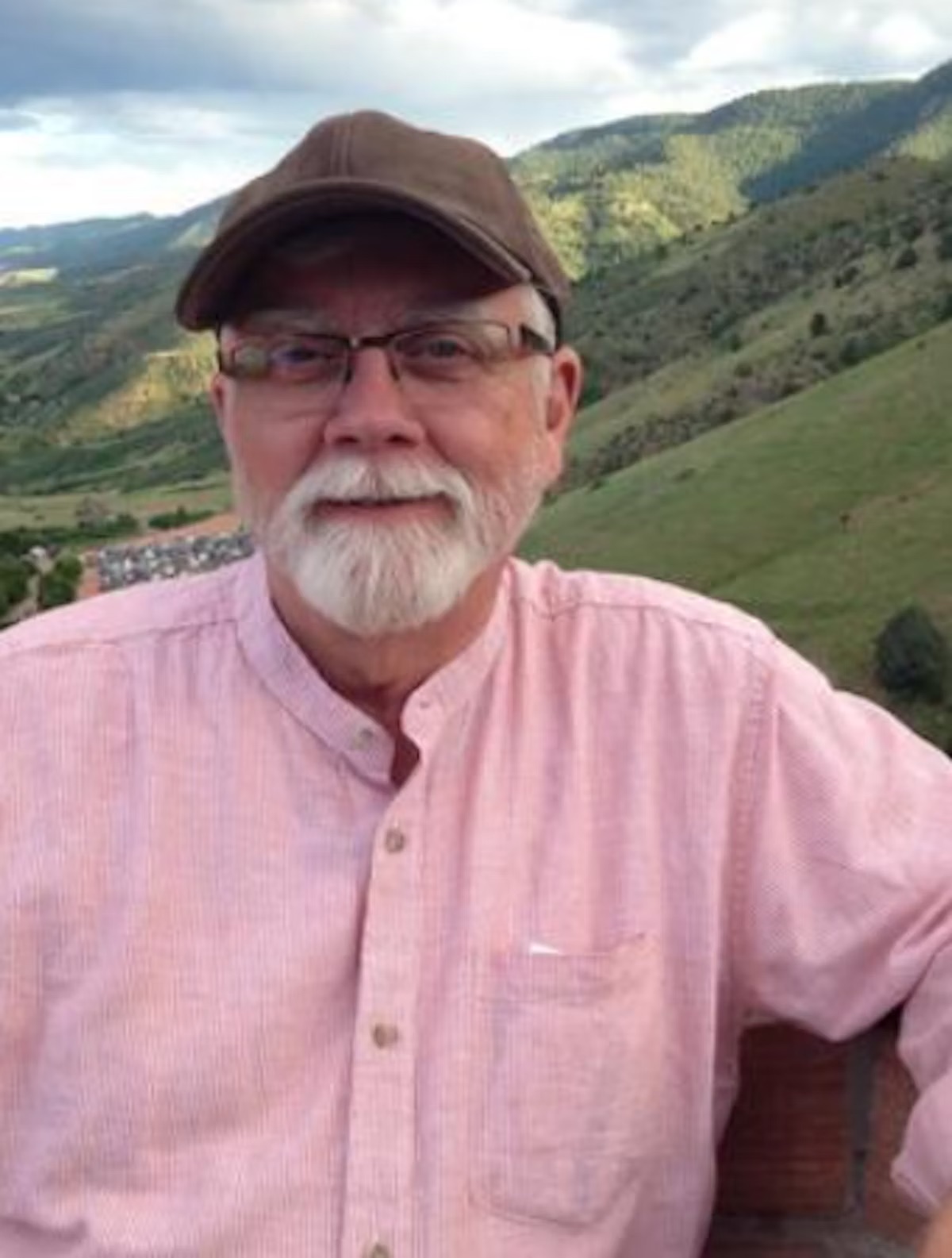
Dr. Edwin C. Epps
Author
Dr. Edwin C. Epps is a retired educator with more than forty years' experience in public school classrooms... He is the author of Literary South Carolina (Hub City Press, 2004) and a proud member of Phi Beta Kappa who believes in the value of the humanities in a rapidly changing world.

